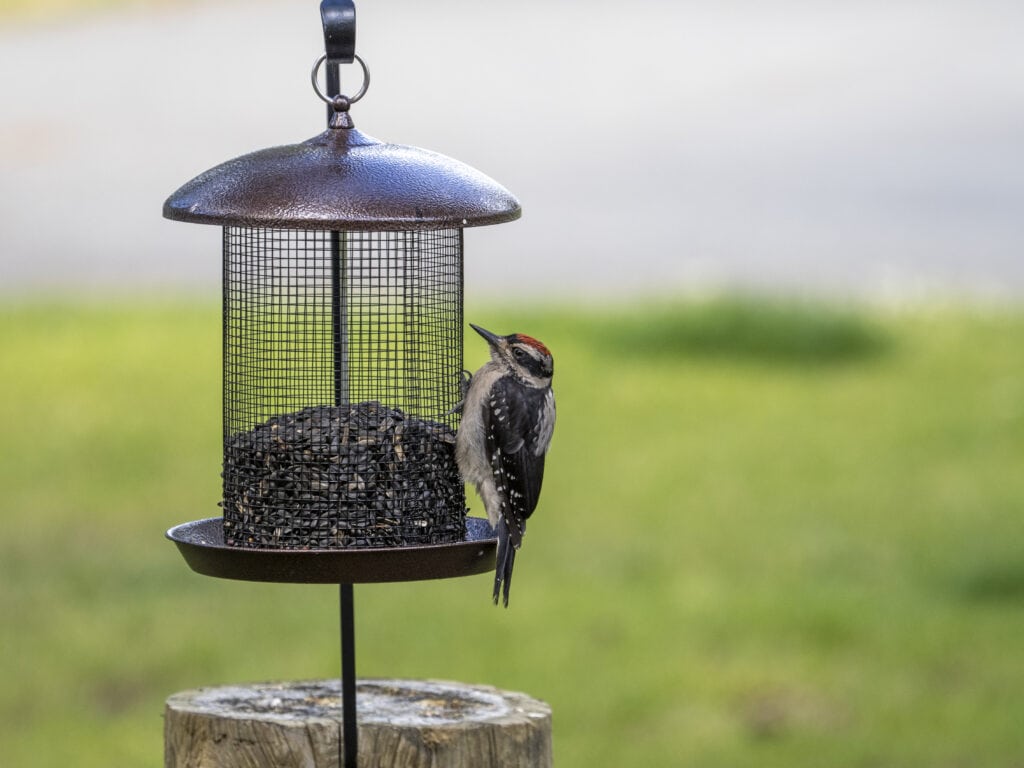With springtime in full swing and seasonal migrants returning to their spring and summer homes, backyards throughout the United States are alive with song and color. For many informed birders, though, this season is not quite the celebration that it has been in years past. IT was around this time last year, when, just months after being detected within the United States, the H5N1 “bird flu” had led to the culling of over twenty-three million domestic fowl. One year later, the number of domestic bird deaths from bird flu numbers over double this at at least fifty-eight million. This is to say nothing of the devastating effect that this highly contagious disease has had on wild populations. From geese to pelicans to raptors, wild birds throughout the United States have spent the last year in a very precarious position. New deaths are reported often and the spread has even begun to include mammals, such as the large number of sea lions which have succumbed to H5N1 in Peru.
Related Article: White House Considering Vaccinating Poultry as Bird Flu Concerns Mount
With this grim, and frankly scary, shadow hanging over our beloved wild bird populations, this spring birdwatching season feels a bit different than usual. At this point, you may be wondering whether feeding the birds this season is even feasible. The answer, fortunately, is yes, but there is an added layer of responsibility this season that one should keep in mind.
Now birdfeeders should be regularly taken down, emptied, washed, and disinfected as a general rule. Even without the H5N1 strain spreading in the United States, common bird diseases like mycoplasmal conjuctivitis, or “finch eye disease,” are often spread when large groups of birds congregate at dirty or unsanitary feeders and baths. With bird flu spreading, however, the absolute need for backyard birders and feeder watchers to take responsible sanitation measures is more dire than ever.
The general recommendations for birdfeeder cleaning ranges from once a month to once a week. Some dedicated and cautious birders will even recommend that feeders be cleaned and disinfected every time they run empty, which may be as often as once a day at feeders with plenty of traffic. With the health of birds in mind, I think weekly cleaning, at least, is necessary until the bird flu threat subsides. Remember, as well, that bird baths and the areas surrounding feeders must also be cleaned.
To clean your birdfeeders, simply empty them of food, soak in soapy water, and scrub with a brush or rag. Once this is done, soak them in a ten percent bleach solution, meaning nine parts water to one part bleach. Then, rinse thoroughly with water to remove all traces of bleach. The feeder can then be dried, reassembled, and refilled. Be sure to wear gloves and wash your hands thoroughly after handling your feeders. H5N1 has been known, in extremely rare cases, to affect humans. This disease is very deadly and so the risk, while remote, should be minimized at all costs.
Popular Article: In Parts of the American South, the Arrival of the Purple Martin Marks the Start of Spring

